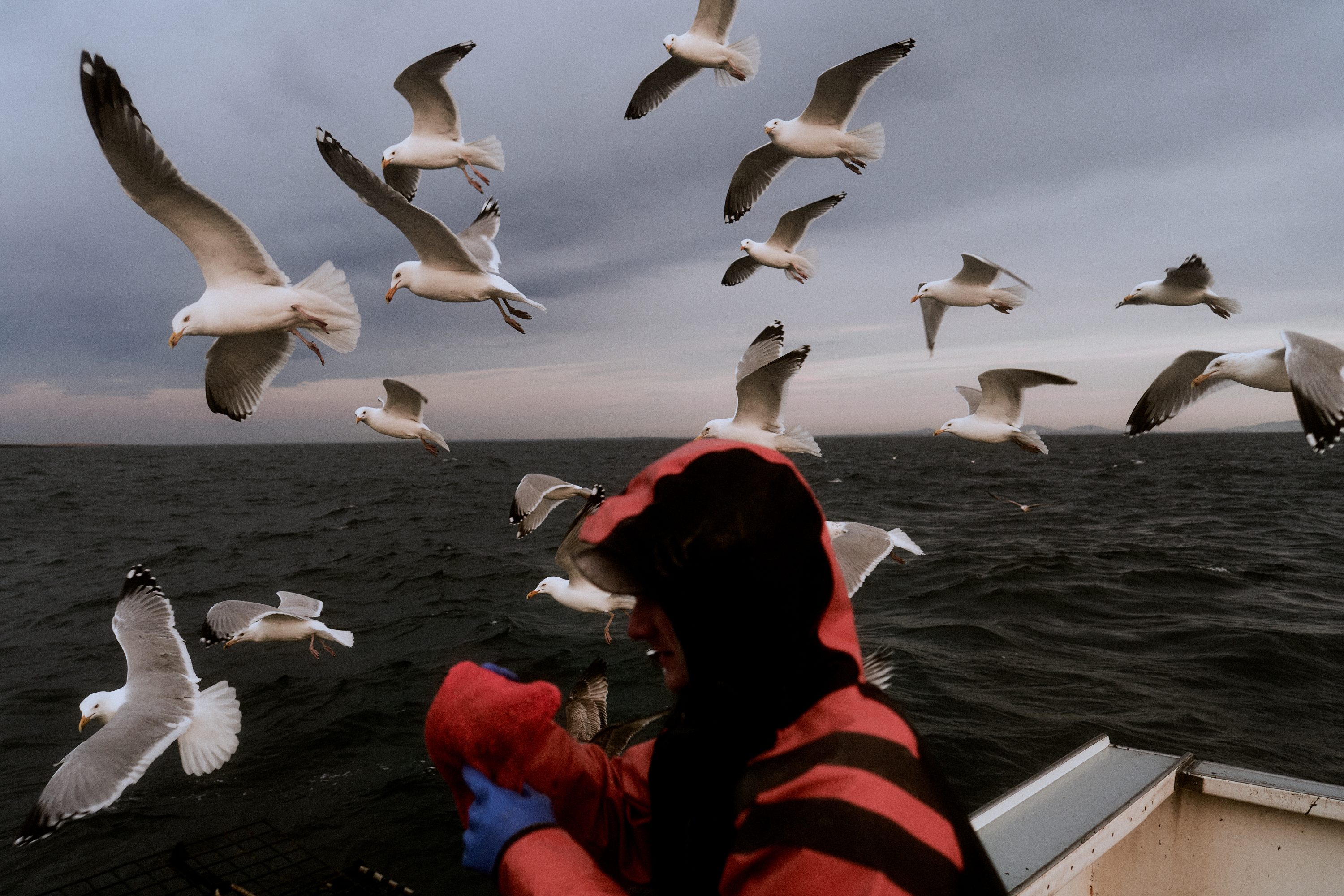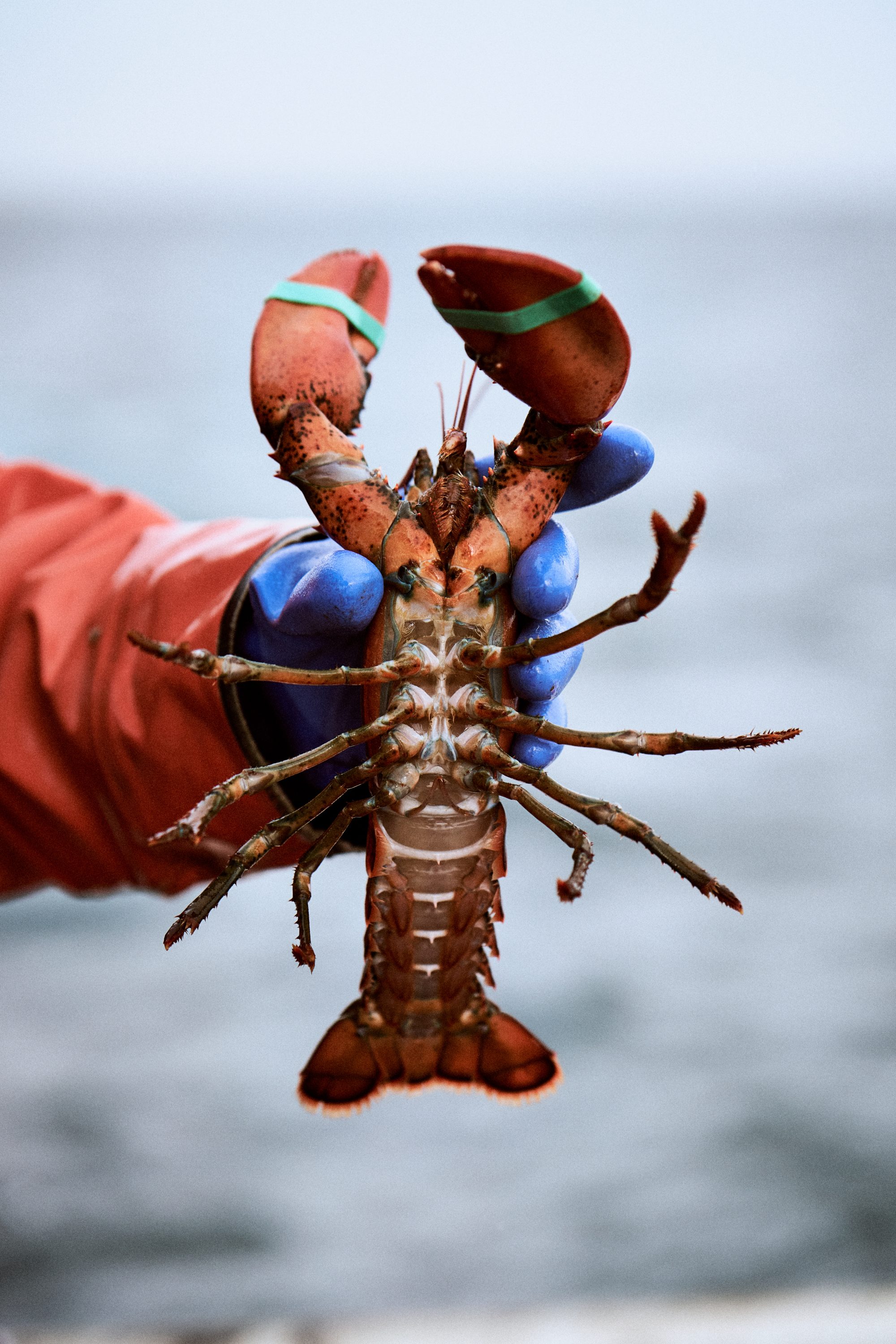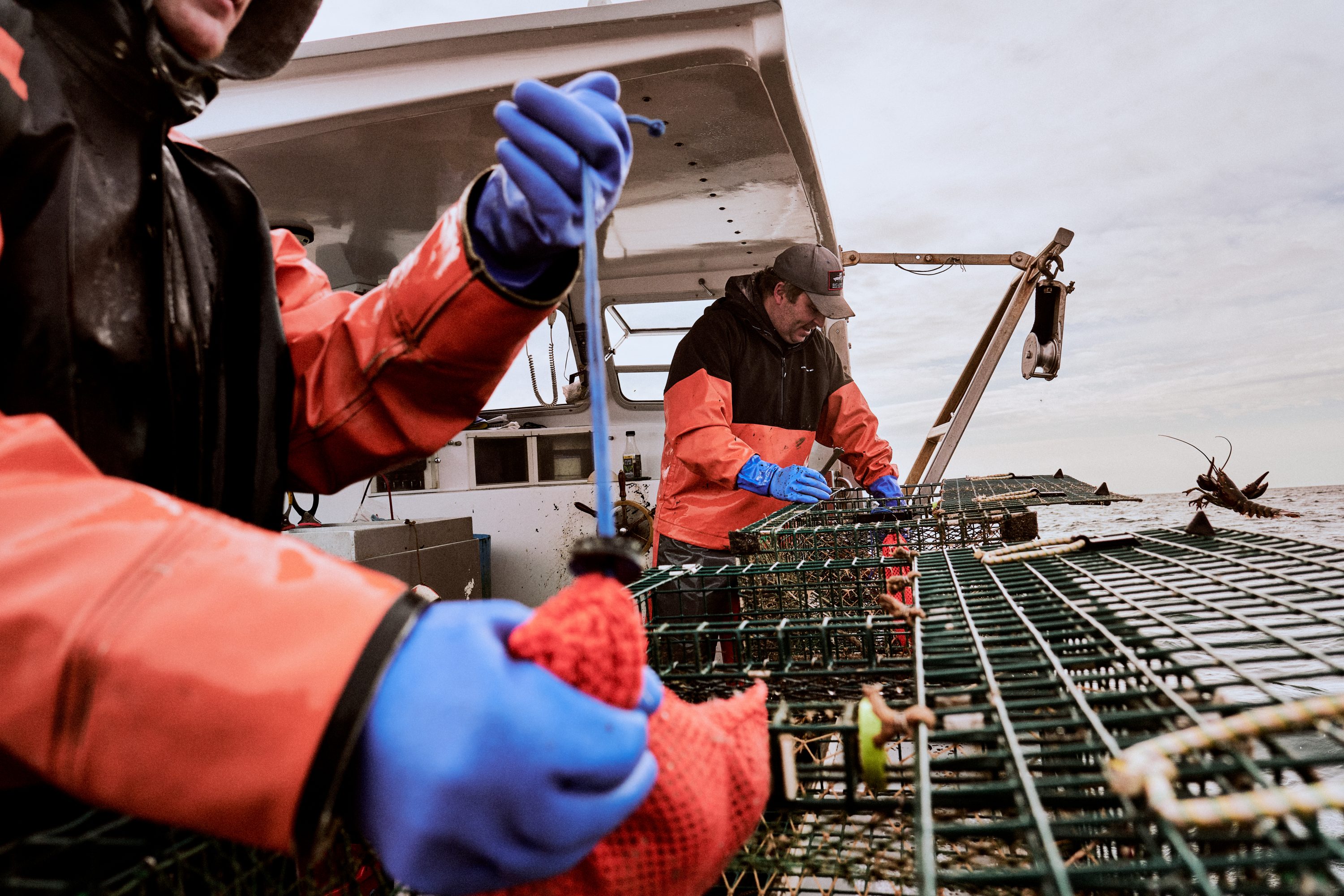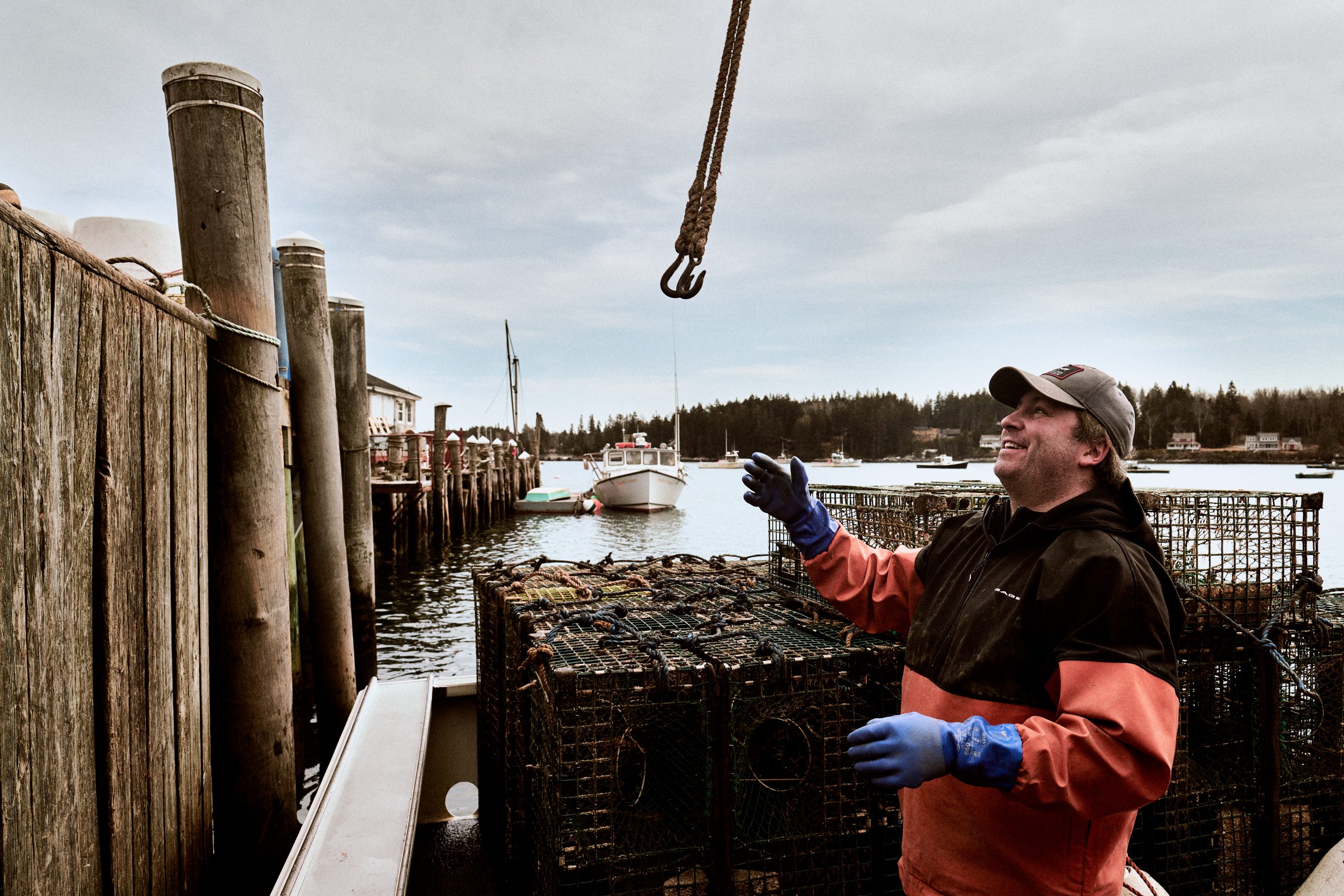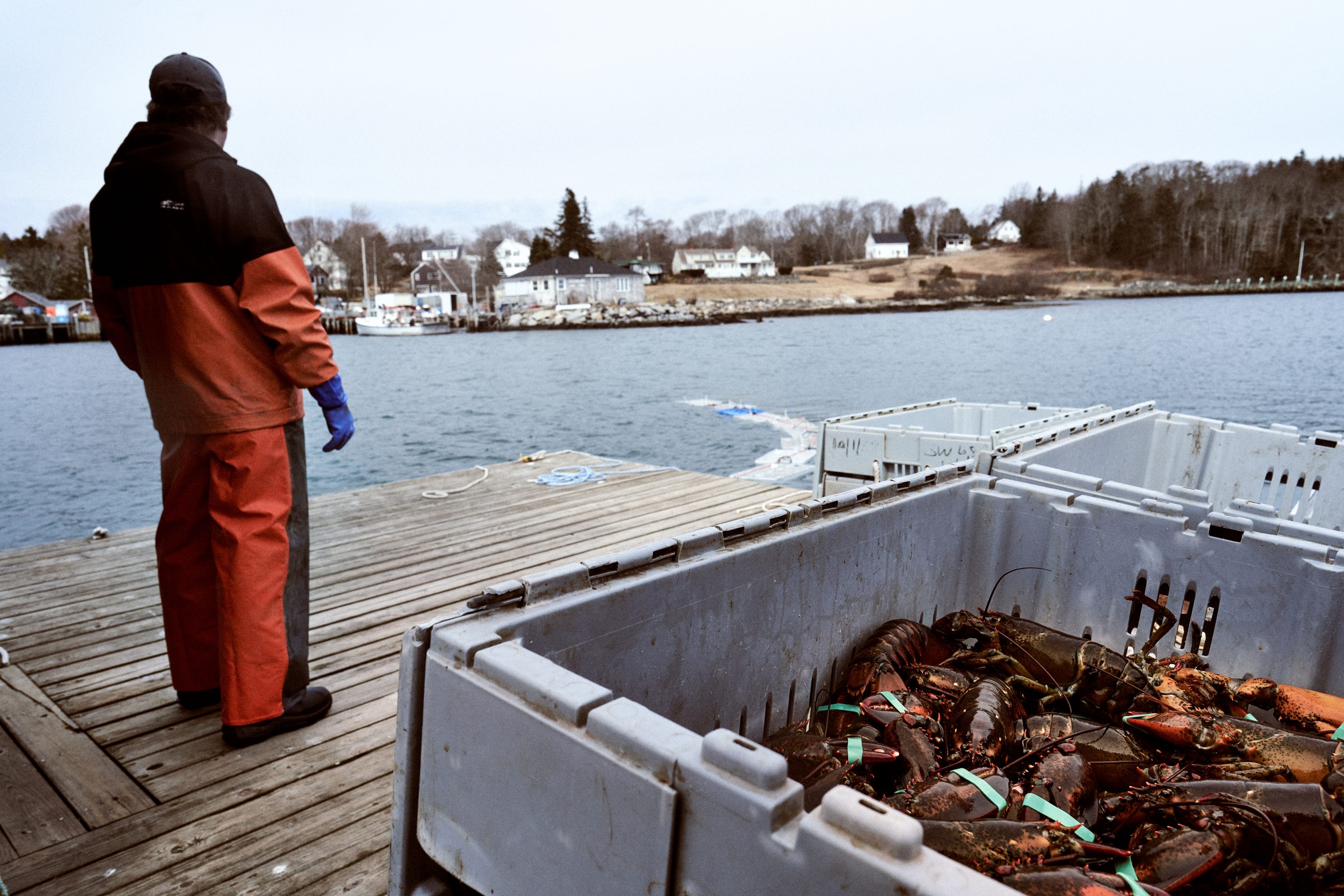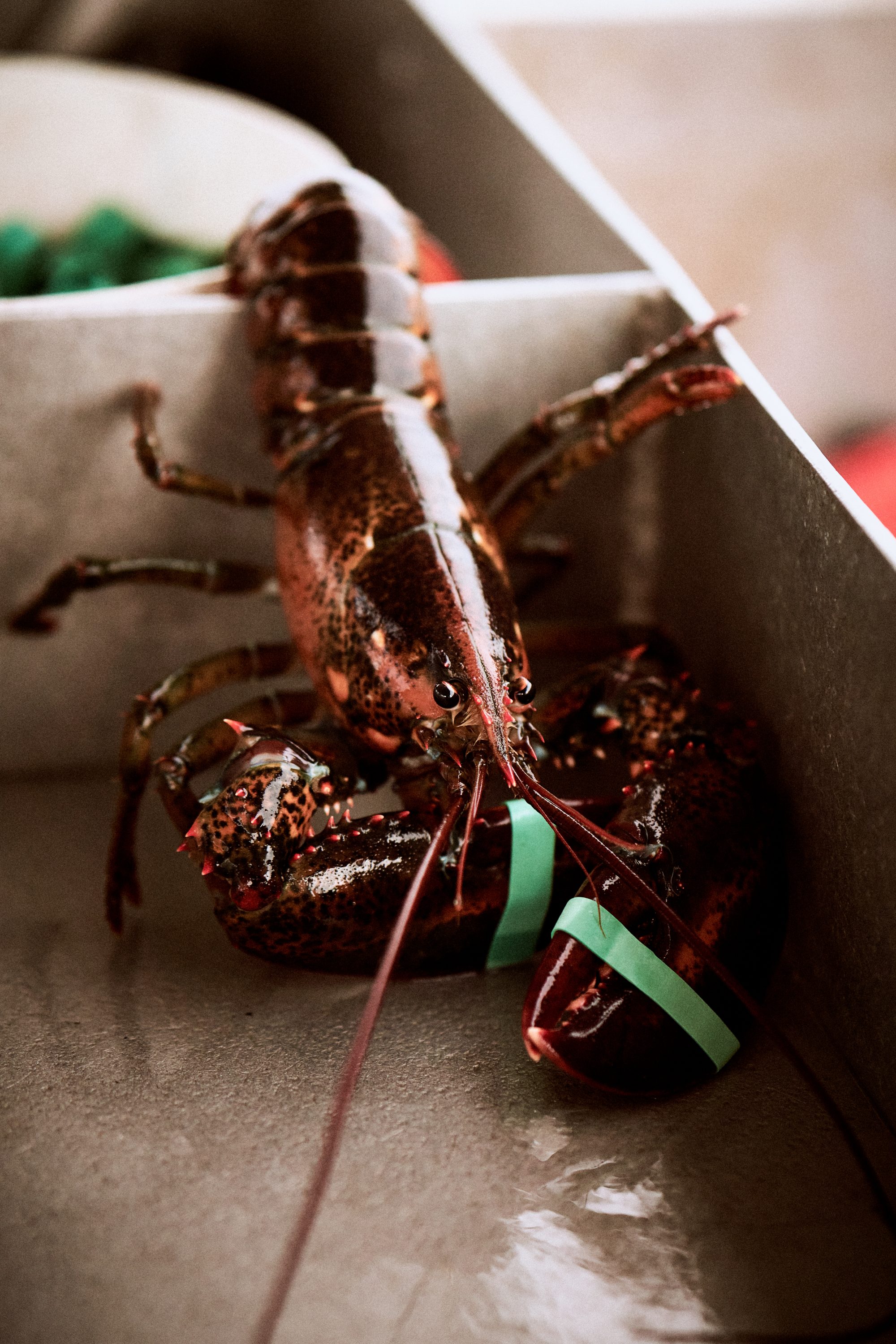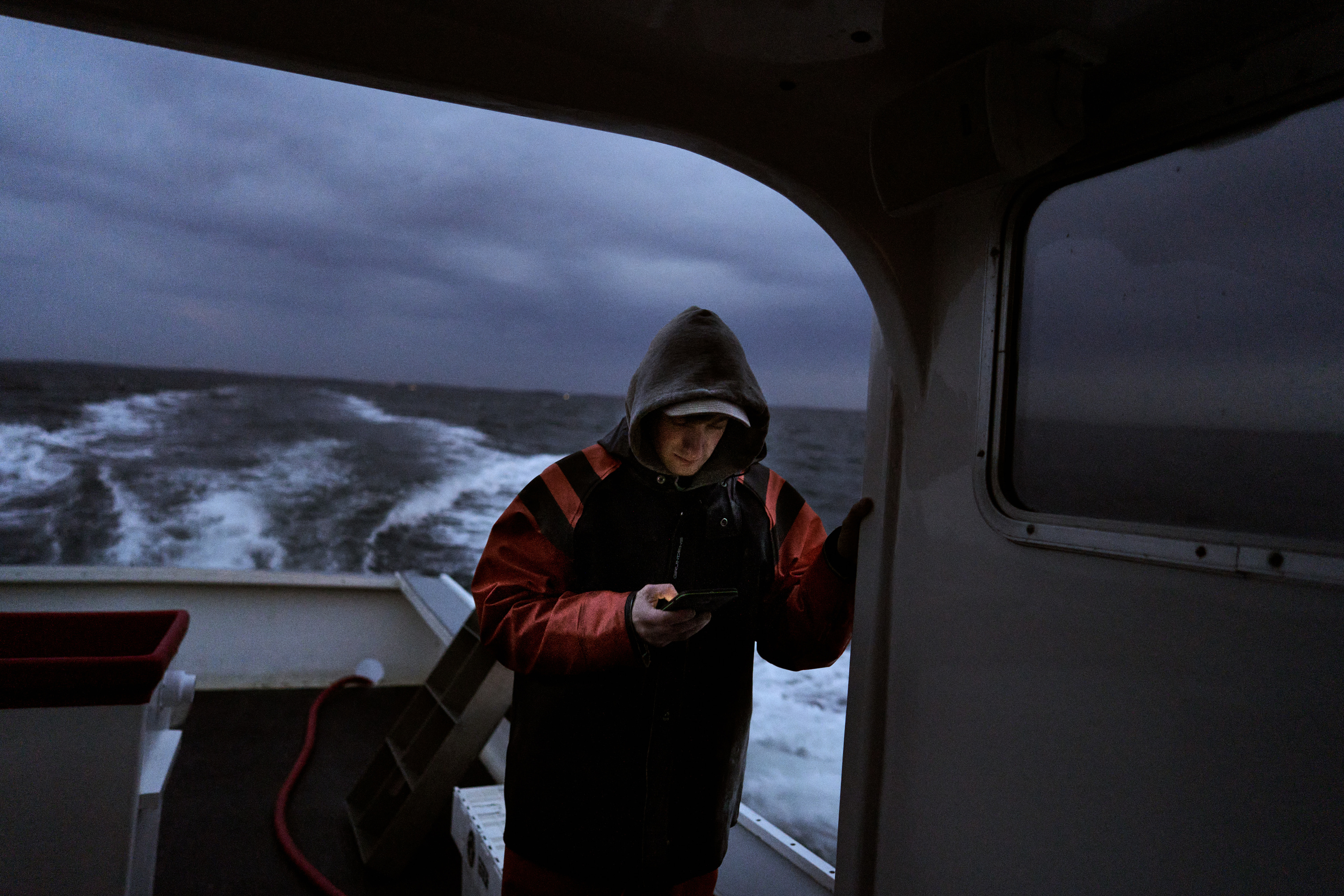
Sustainable Lobster Fishing in Maine
Fifth generation Mainer lobsterman Kelly Wallace, 28, is scared. Not only is the sustainability of Maine’s lobster fishery endangered, so too is that of those iconic fishing villages dotting coastal and island harbors. Ask marine research scientists about the sustainability of Maine’s fisheries, especially that of the state’s iconic American lobster, and the responses cover climate change and warming ocean waters. Ask Maine lobstermen (and that term includes women), and the reply is often less about climate and more about preserving community, limiting regulations, sourcing bait, and protecting waterfront access.

Say Maine, and most conjure that calendar-cover image of the granite-girdled coast: A cozy harbor edged with ramshackle fishing wharves topped with lobster traps and bait barrels; lobster boats and colorful buoys bobbing in rippling waters; and spruce-trimmed islands salting the panorama. All that’s missing are a few salty characters with accents thicker than fish chowder. That’s exactly the view from McLoon’s Lobster, a traditional Maine lobster shack just south of Rockland, in midcoast Maine. Order at the window, settle at a picnic table with friends or family…
-Words by Hilary Nangle
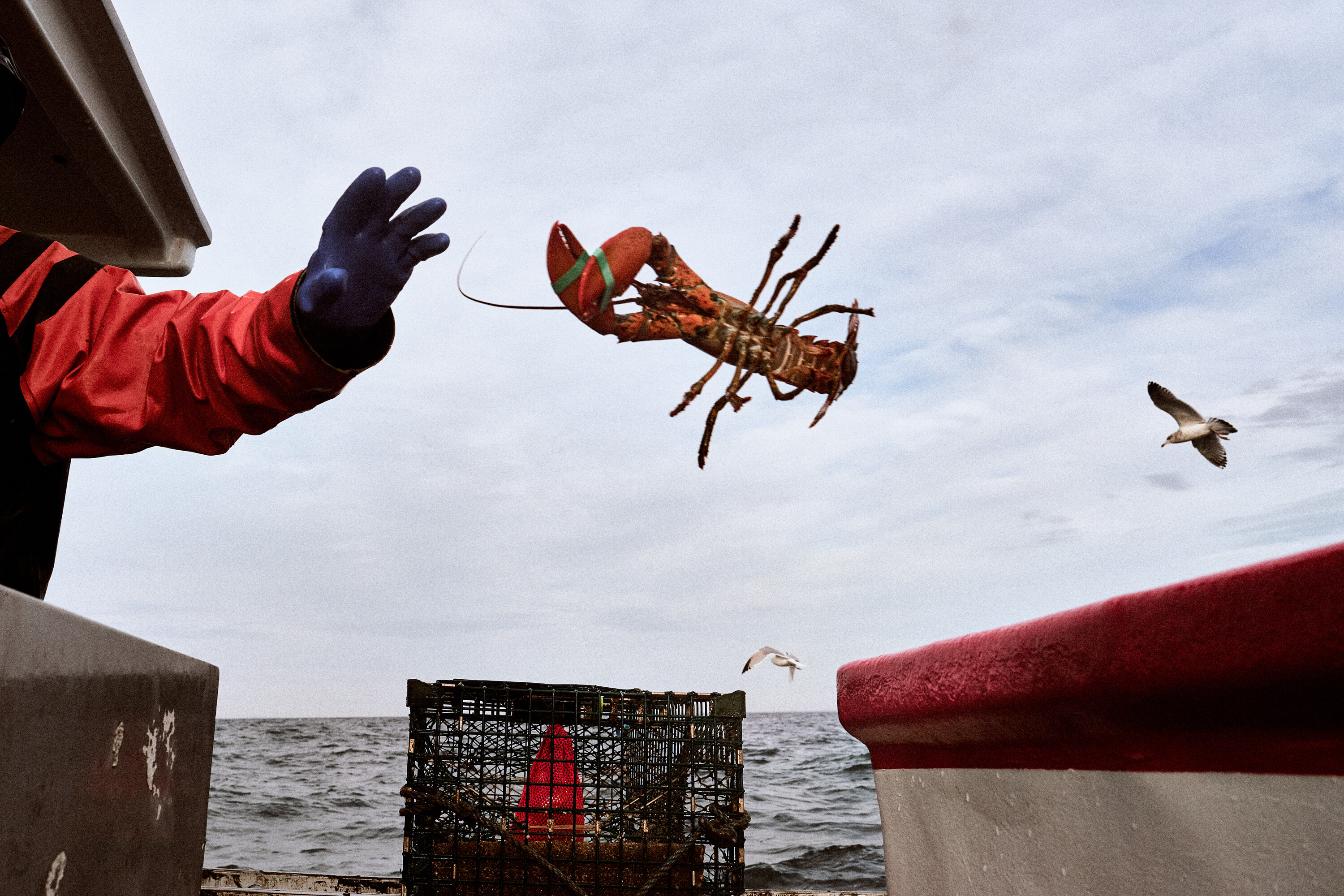
On the Lobster Boat
To reach Tenant’s Harbour I drive more than three hours, about half way up Maine’s coast. If I were to continue another three hours I would be in Canada. To get to the lobsters I join Jason, the captain, and Ethan, the sternman, on the docks before sunrise.
We take their boat through an hour of chop to an uninhabited island that Jason says is in his family so they can easily sink their traps there. We find the first distinctive blue and white buoy and the two get to work. Hauling up the traps, lining them up on the railing, throwing out any seaweed or debris inside, fishing out any lobsters, refilling the traps with bait, and throwing them back in the water. It’s a very physical process, the weather is slightly above freezing, waves hit the face, lobster claws close to the numb fingers, the traps are weighted with concrete and the lines attaching them together can easily get wrapped around a leg.
It’s winter so the lobsters are mainly out in deeper waters and the catch is small, but the price per pound is high. At the end of the day we hear a call out over the radio that the stock market is crashing and the price of lobster has also dropped $1. A quick recalculation and it is obvious that the day’s work is no longer profitable, and with the price of bait and gas, Jason will be paying to catch lobsters that day. We find the last buoy, empty the traps and head back in.
The day’s catch is left at the weighing station and I hop in my car to warm up. The two take their boat back out into the bay to anchor waiting for the traps to do their thing and catch more lobsters.
